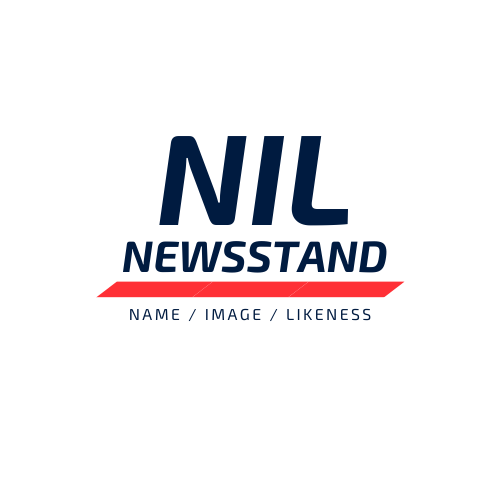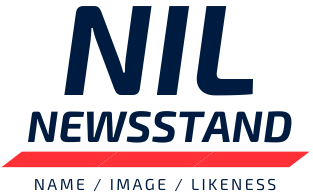How will the rise of individual NIL deals affect traditional sponsorship arrangements with universities and sports programs?
Responses From The NIL Community:
“Universities and sports programs don't currently ask their student-athletes to post on their own personal soial media pages. Individual brand sponsorships however, are posted only on athlete's personal social media, websites, etc. (if specified in the deal). There are a LOT of problems with the current model! As a former Division I athlete, I know most do not actually read their University or team contract so, they don't know the rules! They also are not aware of any exclusivity the University has with brands, so there can be conflicts in personal NIL deals. When a brand buys exclusivity with an athlete or a Unviersity with a brand, they expect full exclusivity from competitors anywhere the athlete is posted. This makes it almost impossible for both parties to track, especially since Universites marketing teams (like Learfield) don't disclose brands they are negotiating with to current athletes.”
“Competition for Sponsorship Dollars: Universities and sports programs have historically relied on sponsorship deals with corporations to fund their athletic programs. With individual athletes now able to secure their own NIL deals, there is increased competition for sponsorship dollars. Sponsors may choose to allocate their budgets differently, spreading resources between universities and individual athletes, potentially leading to reduced funding for traditional programs.
Increased Independence for Athletes: NIL deals empower individual athletes to make money off their personal brand and image. This newfound independence can lead to a shift in the balance of power between athletes and universities. Athletes may become more selective about which university or sports program they choose to align with, based on their ability to secure lucrative NIL deals independently.
Challenges in Brand Control: Universities and sports programs have historically had control over the image and brand of their athletes. With individual NIL deals, athletes have more autonomy in shaping their personal brand. This can be both an opportunity and a challenge. Universities may need to adapt to athletes' individual brand preferences while ensuring alignment with their overall image.
Leveraging University Resources: While athletes can secure individual NIL deals, universities and sports programs still play a crucial role in providing resources and platforms for athletes to build their personal brands. Athletes often leverage their association with prestigious universities or high-profile sports programs to attract sponsors. This symbiotic relationship can continue to benefit both parties.
Compliance and Regulation: The rise of NIL deals has led to increased complexity in terms of compliance and regulation. Universities and sports programs must navigate the legal and ethical aspects of these deals to ensure they adhere to NCAA or relevant governing body rules while providing guidance and support to their athletes.
Adaptation of Sponsorship Models: Traditional sponsorship arrangements may need to adapt to this changing landscape. Universities and sports programs might explore new ways to collaborate with athletes on NIL deals, such as joint ventures or co-branding initiatives that benefit both parties.
In conclusion, the rise of individual NIL deals is reshaping the dynamics of sponsorship arrangements between universities, sports programs, and athletes. It presents both challenges and opportunities, requiring universities and sports programs to be flexible and proactive in adapting to this evolving landscape to ensure the continued success of their athletic programs.”
Conner Schenk
"I don’t know that we’ll see a much of a shift from the large traditional partnerships that currently exist. Much like corporate sponsors in other professional leagues, major corporations partner with major organizations first, then perhaps incorporate select players to individual marketing campaigns. While there are plenty of local and regional partnerships to be made at the individual level through NIL, the large corporate sponsorships will remain at the organizational level."
Palmer Brown
"I don't think they will have the impact that everyone believes they will. The big sponsorship programs are often linked to some sales/exclusivity component - take Pepsi/Coke with pouring rights, or Nike/Adidas with team gear. In all but the outlier cases of NIL with the mega influencers (Olivia Dunne, etc), the big companies will not get the scale they need from doing individual NIL deals. Without significant change, the process simply will not be worth the investment."
Jake Kovalcik
"I think it might actually help the traditional sponsorship agreements with school. When collectives work together with the schools it allows more opportunities for student-athletes to get in front of potential businesses and brands. Those relationships can lead to future employment after student-athletes graduate."
"The shift that nobody is talking about is that athletes will fall behind if they don’t differentiate themselves by telling their story in a compelling way directly to brands. This is because NIL has shifted the power away from the bargaining clout of a school (the only place those dollars could go in the past) towards the influence of the school’s individual athletes/coaches on campus. Those that pitch themselves strategically will win those new available dollars that would have traditionally only gone to an institution, and those that don’t will miss out."
Gordon Voit


